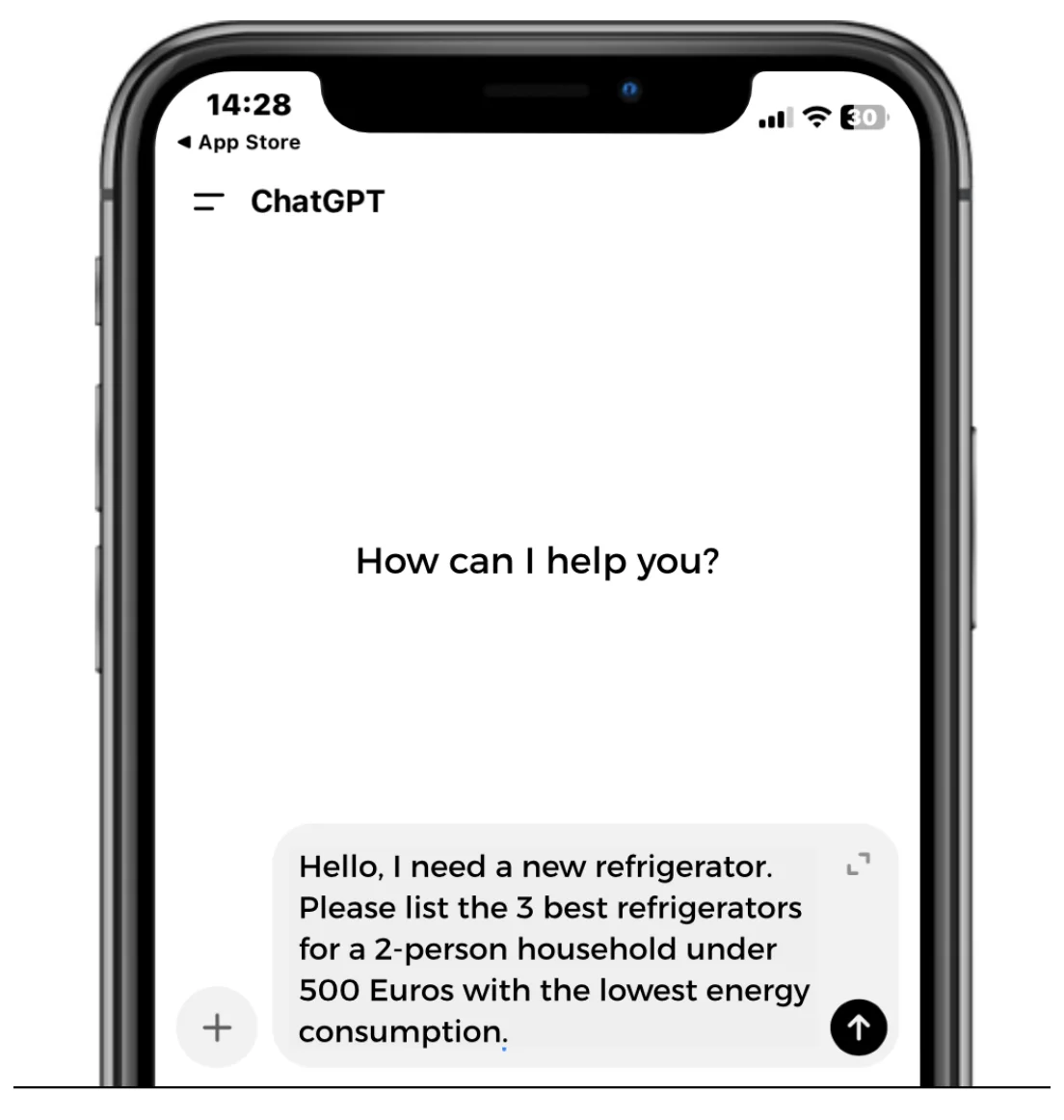Unveiling the invisible: Understanding AI Assistant Traffic in Attribution
A new era of search
This isn’t another piece about futuristic hype or abstract predictions. It’s about what’s already happening inside your attribution data today.
Or, more precisely: what is not happening.
Your next customer didn’t google your brand.
They asked ChatGPT for the best option.
They compared your product in Gemini.
They turned to Claude for recommendations.

These assistants aren’t just providing quick answers, they are actively guiding users to websites. Your websites. But in standard tracking, this traffic slips through the cracks. Once these visits happen, your reporting tool calls them “Direct” or a referral from “openai.com.”
Except…they weren’t. They were real, influential touchpoints, invisible in your attribution. The consequence is simple: upper-funnel performance looks weaker than it truly is, awareness campaigns appear less effective, attribution gets blurry. And your budget decisions? They slowly drift off course.
We are witnessing one of the biggest shifts in online behavior since the dawn of the Internet. People no longer just search – they ask. AI assistants respond with curated answers that reshape customer journeys and their buying decisions.
Facts & Figures
ChatGPT now reaches 850 M monthly users – up 8× since 2023 (Reuters, 2025)
Adobe’s data shows just how fast this new reality is taking hold: AI-driven referral traffic jumped 1,200 % in a single year. And while generative AI traffic remains modest compared to other channels, such as paid search or email, its growth has been notable: doubling every two months since September 2024 (source: Adobe, 2025)
Up to 10 % of so-called “Direct” traffic actually originates from AI assistants (Adobe & BrightEdge, 2025)
Visitors coming from AI channels convert 3-5× better than traditional organic search visitors (BrightEdge, 2025)
Some analysts predict that AI assistants will soon replace traditional search altogether, shifting most discovery and decision-making into conversational interfaces. Others argue the opposite: that AI and search will continue to coexist, influencing each other across different stages of the customer journey.
Both views are valid, and the truth will likely depend on your industry, audience, and regional market. What’s clear, however, is that user behavior is already changing– and that these new AI-driven touchpoints are almost entirely invisible in standard analytics today.
It’s also worth noting that most available studies focus on the U.S. market. In Europe, and particularly in Germany, adoption is still in its early stages. That makes it even more important for brands to start tracking AI assistant interactions now: not to follow the hype, but to build a data foundation for their own reality. Now is the time to test, learn, and iterate to be ready when LLM shopping matures.
Future-Proof your attribution with AI Channel Tracking
Marketing has always relied on one simple truth: you can’t optimize what you can’t measure.
As AI assistants reshape user behavior, large parts of that journey go unseen in traditional analytics. To keep your attribution accurate, and your budget on track, it’s crucial to bring those interactions into view.
Exactag now tracks AI assistant traffic as its own dedicated channel. Not buried in “direct.” Not lumped into “referral.” It separates visits originating from popular AI assistants and assigns them to a clearly defined channel in your reporting.
Clearly measured. Fully attributed. Instantly visible.


- See where AI assistant touchpoints appear in your conversion paths
- Understand how much awareness and traffic these tools create today
- Give your teams a reliable baseline for planning and optimization
Who should act now
AI-driven traffic is not a distant trend anymore, it is already happening. Brands that notice AI assistants showing up as referrers or in customer feedback should move quickly to capture and classify this impact. Especially industries with long and complex customer journeys, where research intensity is high, stand to gain a lot from early clarity on the role of AI assistants. And for teams that want to position themselves as first movers in AI channel planning, now is the perfect time to establish the baseline. By acting early, you gain an edge in understanding the channel, optimizing your investments, and building credibility inside your organization.
Reach out to learn more about it:
Book a Demo